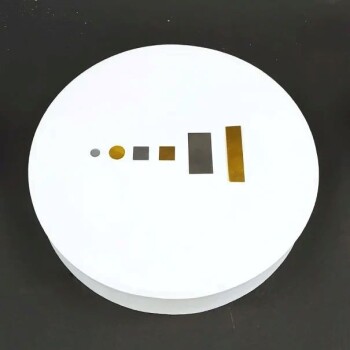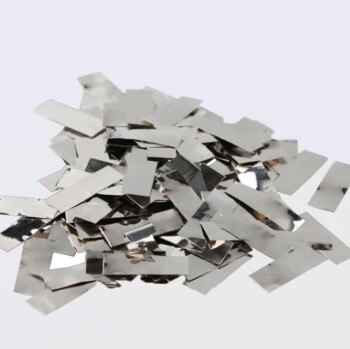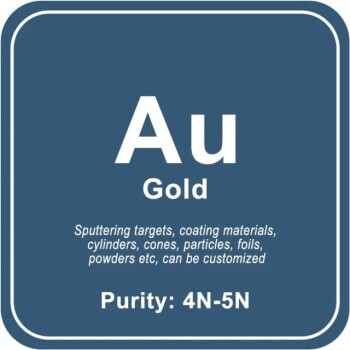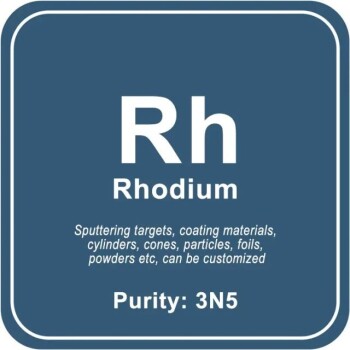Determining if a metal is precious involves considering various factors, including its physical properties, chemical composition, and the methods available for its analysis. Precious metals, such as gold, platinum, and rhodium, are distinguished by their rarity, high economic value, and specific industrial uses.
6 Key Methods for Accurate Identification of Precious Metals

1. Use of XRF Analyzers for Precious Metal Identification
- Non-Destructive Testing: XRF (X-ray fluorescence) analyzers allow for the non-destructive testing of metal samples, preserving their original state. This is crucial for valuable items like jewelry or industrial catalysts.
- Accuracy and Precision: These devices can determine the composition of precious alloys with high accuracy (about 0.1%), essential for identifying genuine precious metals and distinguishing them from fakes or plated items.
- Versatility: XRF analyzers can analyze samples of any shape and size, making them versatile for various applications in the jewelry and recycling industries.
2. Physical Properties of Precious Metals
- Weight and Density: Precious metals are typically denser and heavier than many other metals. For instance, platinum and gold feel weighty in the hand, which can be a simple preliminary test.
- Melting Points: Metals like rhodium have high melting points (1960°C), which are indicative of their stability and suitability for high-temperature applications.
3. Chemical Stability and Industrial Uses
- High-Temperature Applications: Precious metals are often used in high-temperature environments, such as in the glass industry or as heating elements in research, due to their ability to withstand extreme conditions without significant oxidation or loss.
- Reduced Oxidation: Materials like pure platinum can be embedded with refractory materials to reduce oxide and metal losses, showcasing their chemical stability.
4. Challenges in Identifying Precious Metals
- Counterfeit Detection: The rise in sophisticated counterfeit techniques requires advanced tools like XRF analyzers to detect gold plating or other adulterations that might mimic the appearance of precious metals.
- Purity Testing: The purity of precious metals is critical for their value, and traditional methods like fire assay can be destructive. XRF analyzers offer a reliable, non-destructive alternative.
5. Practical Applications of Precious Metal Analysis
- Jewelry and Pawnshops: XRF analyzers are used to verify the authenticity and purity of gold and silver jewelry, crucial for both buyers and sellers.
- Recycling and Industrial Catalysts: Precise analysis of precious metals in recycled materials or industrial catalysts ensures correct valuation and proper handling of these valuable resources.
6. Safety and User-Friendly Design
- Closed-Beam Design: Modern XRF analyzers are designed with safety in mind, ensuring no x-ray exposure to operators or customers, which is essential for use in retail environments.
Continue Exploring, Consult Our Experts
In conclusion, identifying whether a metal is precious involves a combination of understanding its physical characteristics, utilizing advanced analytical tools like XRF analyzers, and recognizing its typical industrial uses. These methods ensure accuracy and safety, making them indispensable for professionals in the precious metals industry.
Uncover the truth behind every metal with KINTEK SOLUTION’s precision tools! Our cutting-edge XRF analyzers guarantee non-destructive, accurate identification of precious metals like gold and platinum. With our state-of-the-art technology, you can trust in our safety-first, user-friendly design. Don’t settle for guesswork—contact KINTEK SOLUTION today to enhance your precision and confidence in precious metal analysis!



















